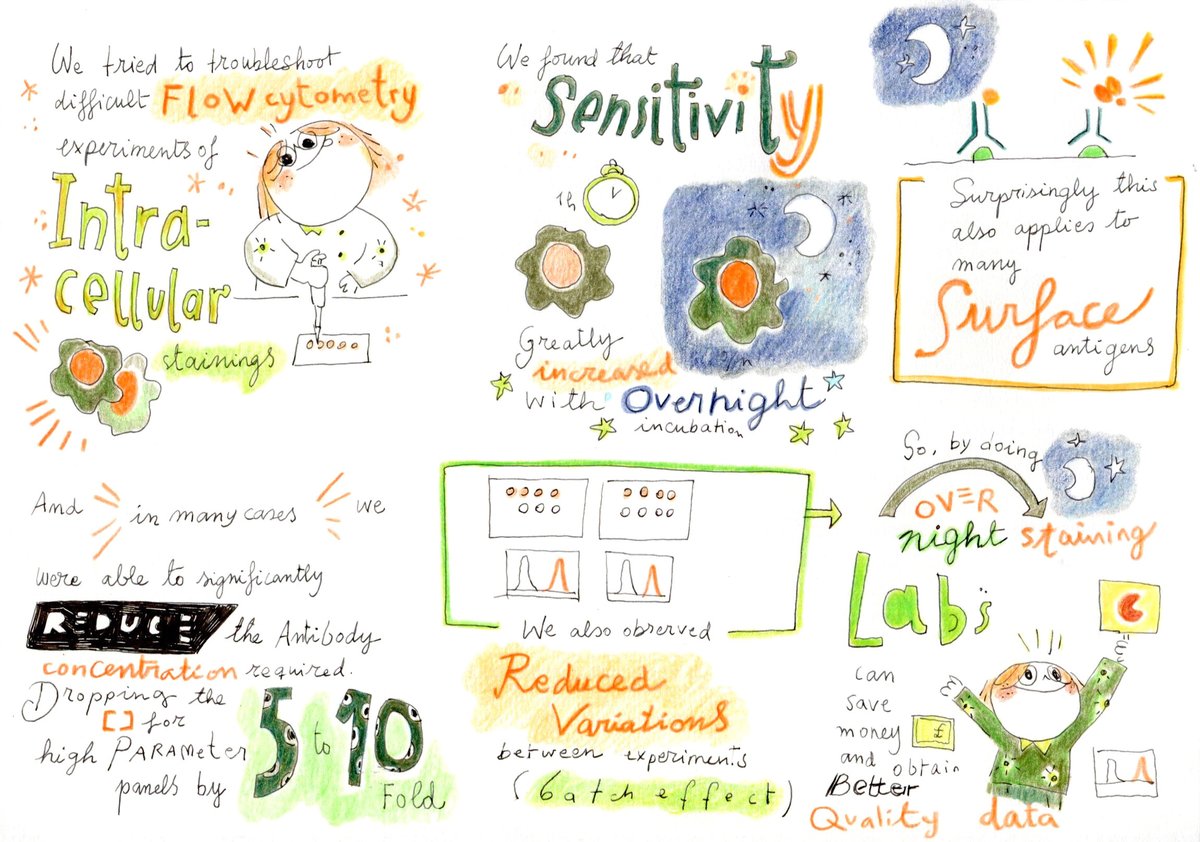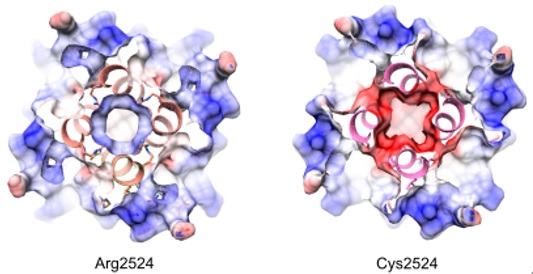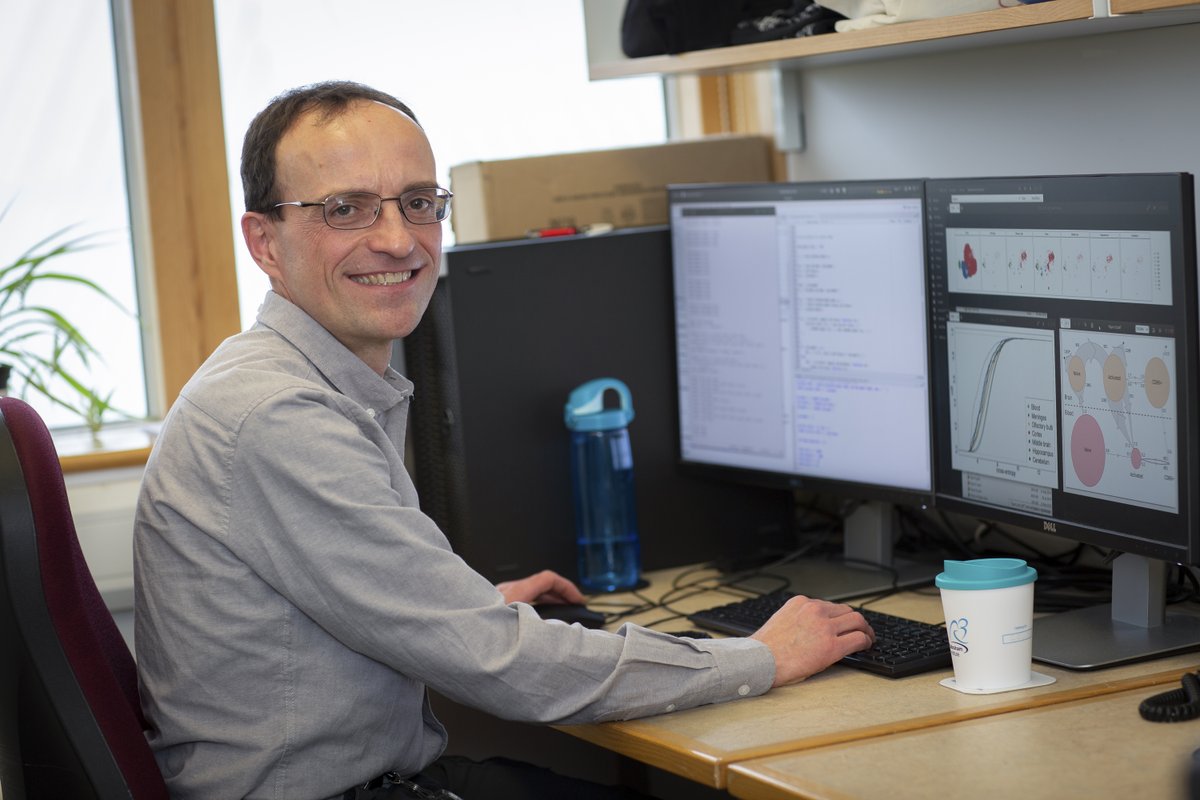
For anyone doing #flowcytometry, would you like to have a new protocol that reduces your #antibody costs by ~10-fold and also gives you higher quality data, with better signal-to-noise ratio?
Yes? Then read work by @olivertburton and @CarlyEWhyte. 1/6
…rentprotocols.onlinelibrary.wiley.com/doi/epdf/10.10…
Yes? Then read work by @olivertburton and @CarlyEWhyte. 1/6
…rentprotocols.onlinelibrary.wiley.com/doi/epdf/10.10…

Bottom-line-up-front: stain overnight. Antibody staining is sensitive to both dilution and time, so a titration that gives crummy staining in 30' can actually give beautiful staining overnight. The best part is, that lower dilution gives less background, for better separation 2/6 

You can see this quite clearly with even tricky staining, like #Foxp3 and #cytokines. The overnight stain gives a stronger positive signal without increasing the background at all. Plus your cells are ready in the morning, when the cytometer is free, rather than 8pm at night! 3/6 

We started to implement this on all of our large multicolour #flowcytometry panels, and now literally spend 10-fold less on antibodies. Especially with the expensive novel dyes, this can really be a game-changer to your budget. Better data, lower cost: #SmartScience. 4/6 

For the full protocol detail, see @CarlyEWhyte and @olivertburton's paper in @Curr_Protocols, which goes through different fixatives, titration approaches and general optimisation of the method. 5/6
…rentprotocols.onlinelibrary.wiley.com/doi/epdf/10.10…
…rentprotocols.onlinelibrary.wiley.com/doi/epdf/10.10…

Oh, you wanted more? Okay, then if you follow our staining protocol and get cheaper and better quality data, then you should also compensate that flow data with #AutoSpill and reduce your compensation error by ~10,000-fold. Available in FlowJo v10.7. 6/6
nature.com/articles/s4146…
nature.com/articles/s4146…
• • •
Missing some Tweet in this thread? You can try to
force a refresh








